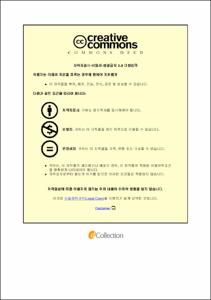전통 조형물에 나타난 한국 민중의 얼굴 이미지를 활용한 창작 연구
= A Study on the Creation of Korean People's Face Image in the traditional Sculpture
- Files in This Item:
-
-
Download
 200000172531.pdf
기타 데이터 / 17.55 MB / Adobe PDF
200000172531.pdf
기타 데이터 / 17.55 MB / Adobe PDF
-
Items in Repository are protected by copyright, with all rights reserved, unless otherwise indicated.